5. 1900
Length: 5 hours 17 minutes
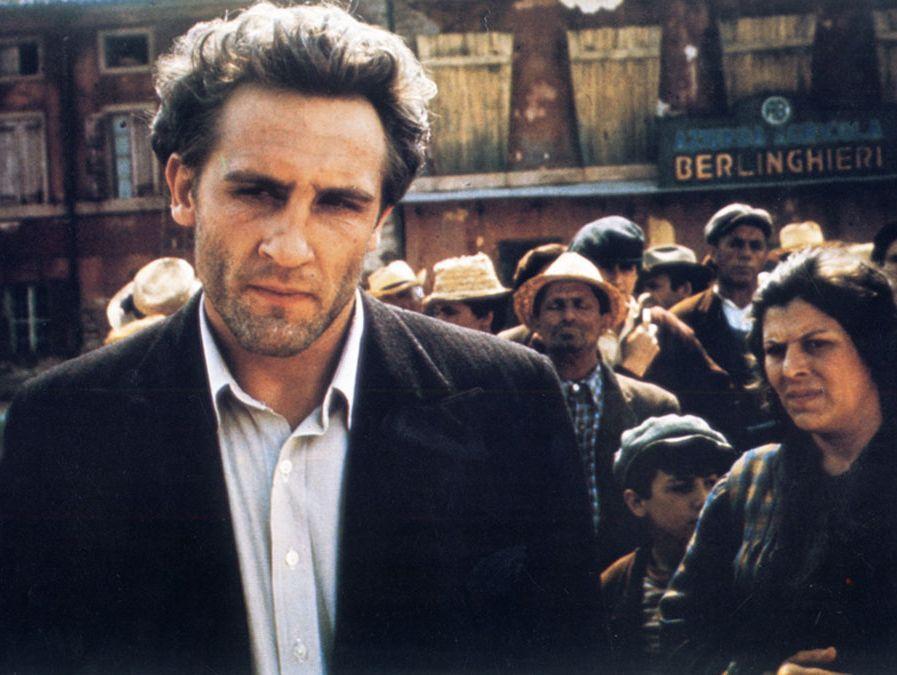
Bernardo Bertolucci had one hell of a filmmaking streak in the 1970s. Churning out great film after great film is no mean feat, but the Italian provocateur made it look easy. The incredible “The Conformist”, the criminally underseen “The Spider’s Stratagem”, and the iconic “Last Tango in Paris” were all released before what would be by far Bertolucci’s most epic and ambitious film, “1900”.
A sociopolitical historical drama and ode to communism, “1900” focuses on the lives and paths of two friends born on opposite sides of the social spectrum in 1900’s Italy, as they march through many of the history-defining events that took place in said period.
Emotionally epic and visually relentless, “1900” often changes in size and scale. The disturbing and explosive nature of war is replaced by the morose reality of a marriage lacking in love. An insurgence rises against a tyrannical figure just as a man’s life is blown to smithereens by the death of his wife during childbirth. Dramas and revelations are plentiful in the story, as is political commentary.
Communism is presented as the antidote to the fascism that ruled Italy during the first half of the 20th century. The poor and ignorant people who suffer at the hands of a dictatorial ruler gather in unison and rebellion when war arrives at their doorstep. Partisan armies are formed and social injustice – the main cause of pretty much all of the problems and issues the characters face – is fought against.
It demands minute focus to balance the tone and scale as masterfully as Bertolucci manages to in this movie. Shot in extraordinary colors by legendary cinematographer Vittorio Storaro, “1900” may be and even feel long at moments, but it is not a waste of energy and is certainly not a waste of time.
4. Napoleón
Length: 5 hours 30 minutes
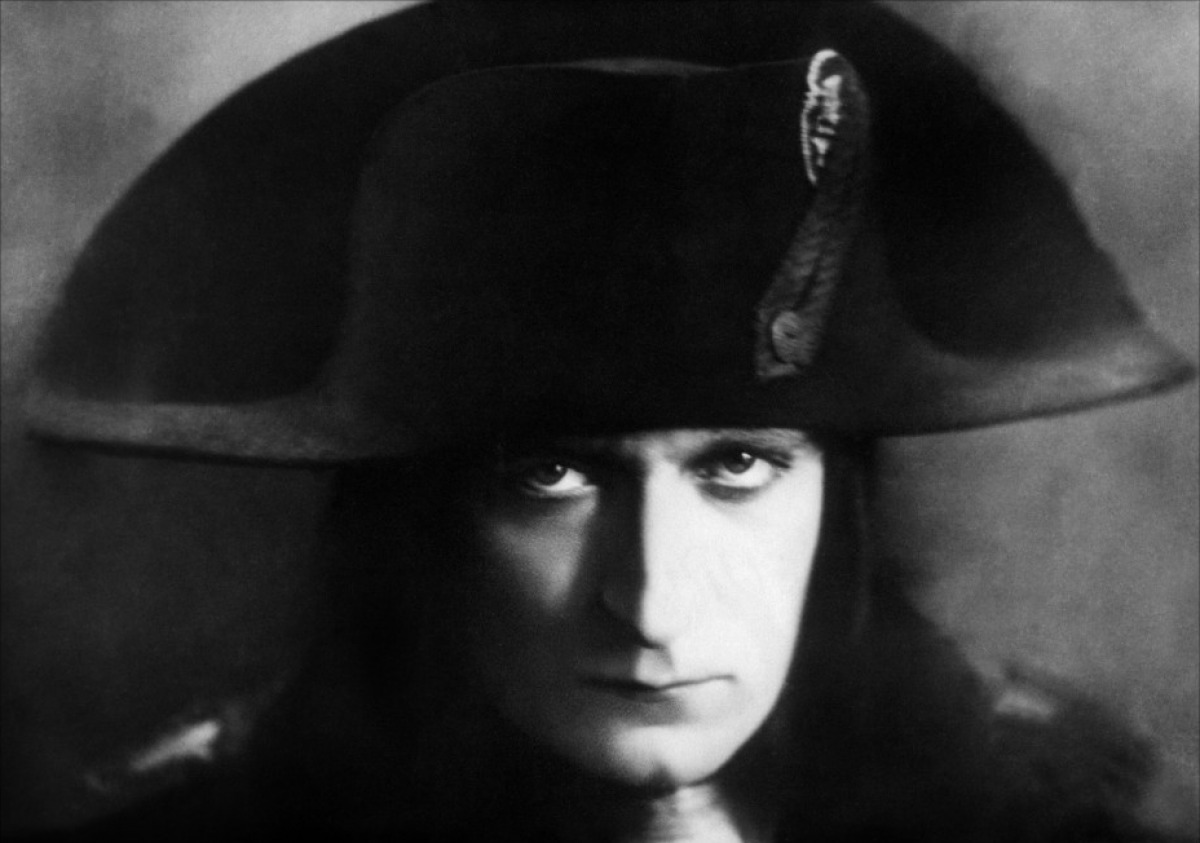
Infamously slammed by Stanley Kubrick as a crude film in regards to story and performance, you’d still be hard pressed to find a film lover (especially a film historian) who doesn’t have the utmost respect and admiration for Abel Gance’s “Napoleón”.
Released in 1927, the breathtakingly original and revolutionary film showed the cinema world the future of filmmaking. Shot at a time when camera shots were mostly painting-like static, “Napoléon” came with a vast array of new and amazing cinematic techniques. Fast editing, fluid camera work, handheld shots, point of view shots, and even multi-camera setups grant the film a more epic tone. There were seemingly no boundaries to Gance’s ambitions – apart from money, that is.
Originally envisioned as the first of a series of six films depicting, well, pretty much all of Napoleon’s life, Gance opted against it after realizing the impossibility of acquiring the money to cover the films’ astronomical costs. Instead, Gance decided to comprise as much of it in a single film as possible.
Production was difficult but editing was nigh on impossible, as the studios wanted to trim the movie down considerably, despite Gance’s adamant demands on the opposite. In the end, “Napoleón” is said to have had at least eight different cuts – the longest of which runs more than nine hours long. However, the 330-minute long version is regarded as the official one, given that it was the only version that managed to be restored.
“Napoleón” is a masterpiece of the silent era. Unique, inventive, and revolutionary, it was a film years beyond its time. There’s really no need to say more – go watch “Napoleón” and be astonished by all its technical and aesthetic mastery.
3. War and Peace
Length: 7 hours 11 minutes
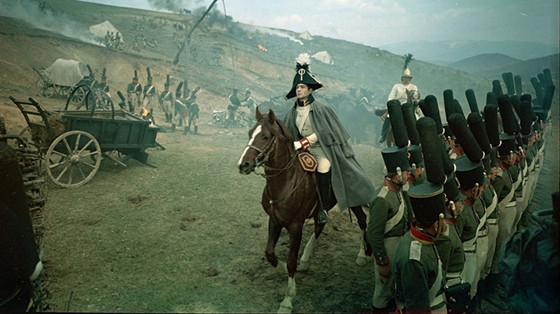
When you think of Cold War conflicts, what are the first things that come to your mind? The Bay of Pigs incident? The landing on the moon? The fall of the Berlin Wall? All are perfectly good examples of the beef (putting it mildly), that the United States had with the USSR. But did you know that the bickering also extended to the area of filmmaking?
In 1956, King Vidor released the American-Italian version of War and Peace, based on the eponymous classic by Russian author Leo Tolstoy. The film was a massive hit in Russia, which infused high Kremlin authorities with the idea of adapting the same book into a larger and better movie.
Thus, Sergei Bondarchuk’s colossus of a film, “War and Peace”, was born. The most expensive cinematic production to be made in the USSR – at the whopping cost of $67 million – “War and Peace” was an enormous success and is even considered to be one of the most important films made in the 60s.
A maddeningly ambitious adaptation of Tolstoy’s immense book, its production values match those of incredible Hollywood classics like “Lawrence of Arabia” and “Gone with the Wind”. Beautiful and larger than life, it was the first and only Soviet film to win the Academy Award for Best Foreign Language Film, and is to this day the longest film ever to win an Academy Award.
Shot over the span of five years and originally released in four parts, this behemoth of a movie was shot in luscious 70mm and featured more than 12,000 extras in its more elaborate battle scenes. A true epic romance, “War and Peace” is one of the greatest literary adaptations of all time.
2. Sátantangó
Length: 7 hours 30 minutes
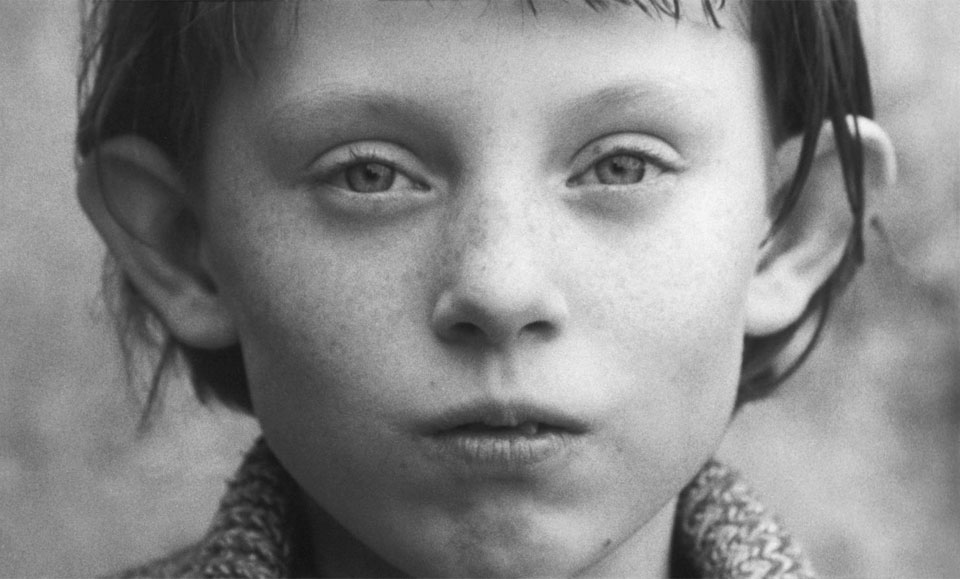
Father of the (very, very, very) slow cinema movement, Bela Tarr is widely regarded as one of the finest living filmmakers. His films are shot in almost tactile melancholy way, and his style is strongly reminiscent of that of master director Andrei Tarkovsky. The only key difference being that Tarkovsky never made any 7-hour long films.
“Sátantangó” (“The Devil’s Tango”) is as bleak and ominous as a film can get. Shot in desolate Hungarian locations in murky black-and-white film, “Sátantagó” deals with such upbeat subjects like nihilism, pessimistic philosophy, and the ramifications of the absence of empathy and authoritarianism. A deeply layered and strangely beautiful film, it moves slowly but decidedly.
Granted, it can be quite a challenging experience watching such a slow burner of a movie. The initial shot alone depicts cows walking around a herd for roughly eight uninterrupted minutes.
There are several long takes of characters simply walking along the landscape, tarnished by rain and mud. As a matter of fact, there are a lot of long takes, as Tarr himself claimed that the film only contains around 150 shots, which equals an average shot duration of three minutes.
Even though these descriptions may amount to an impression of a virtually unwatchable film, “Sátantangó” is widely (and rightly) regarded as a masterpiece of contemporary cinema.
A meditative and haunting experience which rewards the viewer’s patience, “Sátantangó” has found unanimous praise among critics, even being placed on Sight And Sound’s list of best films of all time. Be sure to check out Tarr’s magnum opus – or pretty much any of his magnificent oeuvre – especially if you’re a fan of Tarkovsky’s gorgeously slow-burning cinema.
1. Shoah
Length: 9 hours 23 minutes
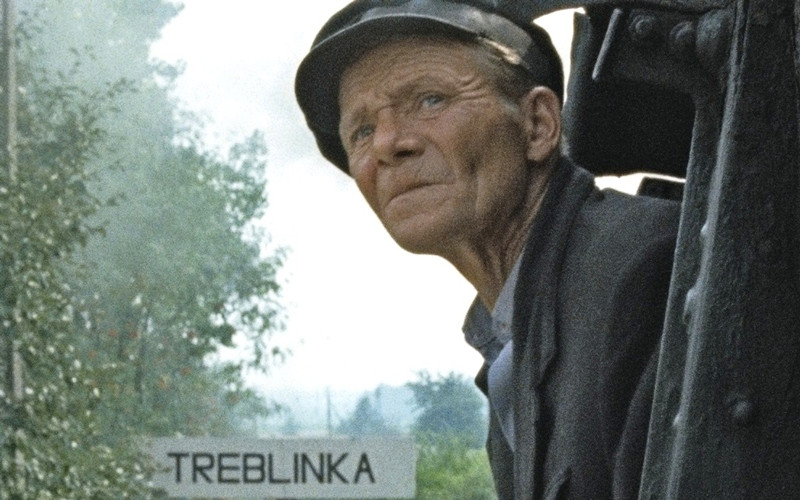
Arguably one of the best and most important documentaries ever made, “Shoah” is a harrowing and emotionally wrenching moviegoing experience. An almost 10-hour long film that seeks to capture the pain and unspeakable evil perpetrated against the Jewish people during the Holocaust, “Shoah” is unique and relentless.
Originally intended by the Israeli authorities who commissioned the film to be a 2-hour long documentary shot over 18 months, the ambition of “Shoah” in its storytelling rose from the mind of its director, Claude Lanzmann, who would set out to shoot 350 hours of raw footage and take 11 years to release it. Lanzmann, the son of Jewish immigrants, wished to capture the unimaginable horror of the concentration camps through the testimonies of survivors, witnesses, and even perpetrators of World War II.
Lanzmann spent four years conducting interviews in 14 countries. He also took the time to visit famous sites of war crimes and even managed to convince Jewish survivors to revisit the camps where they were imprisoned and tortured. Edited in five years and focusing on four key moments of the Holocaust, “Shoah” (the Hebrew word for “catastrophe”) used no voice-overs whatsoever; the explaining of history is left to those who lived it in the flesh.
Featuring no archive footage shot during the war, “Shoah” depends upon the words of people who witnessed the Holocaust firsthand. It also depends on the aid of several translators who helped bring the testimonies of the interviewees to Lanzmann’s native French.
Although this may seem like an unnecessarily lengthy way of conducting interviews, it adds an incredible depth to the film, as it distances the viewers from a horror that they could never really fathom, and is best kept only in the imagination. It is also worth noting that four feature-length films have been released from the outtakes of this film alone.
A heartbreaking and incredibly important film, “Shoah” is well worth watching the next time you get nine hours off work.
Author Bio: Fernando Pompeu is unashamed to admit he loves Batman and Robin. He just tries to hide that information behind a lot of Bergman and Tarkovsky films. He also has a small production company.